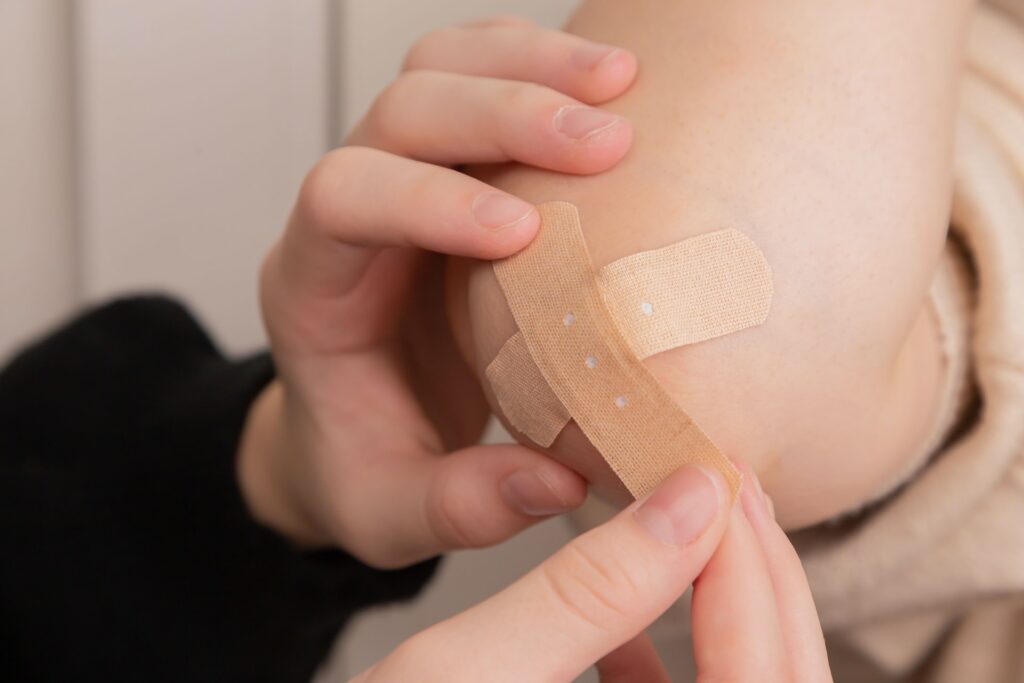Wounds are injuries that break the skin or other body tissues. Open wounds are those that break the skin or other tissues, exposing the deeper tissues to the environment. There are various types of open wounds, ranging from minor scrapes to severe lacerations. The causes of open wounds vary, but they generally include accidents, falls, cuts, and punctures. It is vital to identify the type of wound to determine the appropriate course of treatment and prevent complications.
Types of Open Wounds
The different types of open wounds include abrasions, incisions, punctures, lacerations, and avulsions. Abrasions occur when the skin is scraped, resulting in a superficial wound. Incisions are wounds that are made by a sharp object or instrument, such as a knife or broken glass. Punctures are deep wounds that are caused by a pointed object, such as a nail or needle.
Lacerations are jagged or irregular wounds that are caused by blunt or sharp objects and may result in severe bleeding. Avulsions involve the tearing away of a portion of skin or tissue, often resulting in a flap of skin that is still attached.
Symptoms
The symptoms of open wounds vary depending on the type and severity of the wound. Common symptoms include pain, bleeding, swelling, redness, and tenderness. In severe cases, such as with lacerations and avulsions, there may be extensive bleeding and damage to underlying tissues. Infections are also a potential complication of open wounds, which may manifest as fever, pus, and redness around the wound.
Treatment
The primary goal of treating an open wound is to promote healing, prevent infection, and reduce scarring. The first step in treating an open wound is to clean the wound thoroughly with water and mild soap. This helps to remove any dirt, debris, or bacteria that may be present. Next, the wound should be covered with a sterile bandage or dressing to protect it from further contamination. Depending on the type and severity of the wound, the physician may prescribe antibiotics or pain medication. In some cases, stitches may be required to close the wound and promote healing.
Prevention
Prevention is the best way to avoid these wounds. Some ways to prevent open wounds include wearing protective gear, such as helmets, gloves, and goggles when engaging in high-risk activities. It is also essential to practice proper hygiene, such as washing hands regularly to prevent the spread of bacteria and viruses. Additionally, maintaining a healthy lifestyle, such as eating a balanced diet and staying physically active, can help to boost immunity and reduce the risk of infections.
The Bottom Line
An open wound can be caused by a variety of factors and can result in significant pain, bleeding, and scarring. Identifying the type of wound is essential to determine the best course of treatment and prevent complications. Treatment of open wounds involves cleaning the wound, covering it with a sterile bandage, and administering antibiotics or pain medication as needed.
Prevention of open wounds involves wearing protective gear, practicing proper hygiene, and maintaining a healthy lifestyle. By taking these steps, individuals can reduce the risk of open wounds and promote overall health and well-being.
If you are looking for quality medical care for your children, look no further than Your Kids Urgent Care. Our St. Petersburg urgent care for kids, provides expert medical attention when your child needs it most. Don’t hesitate to schedule an online appointment or walk-in to our clinic today to ensure your child receives the best care possible.



